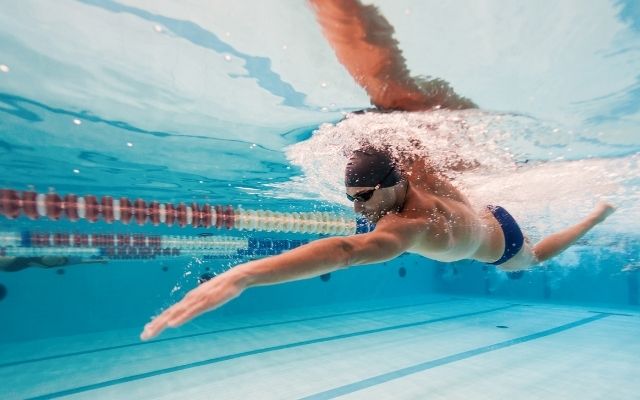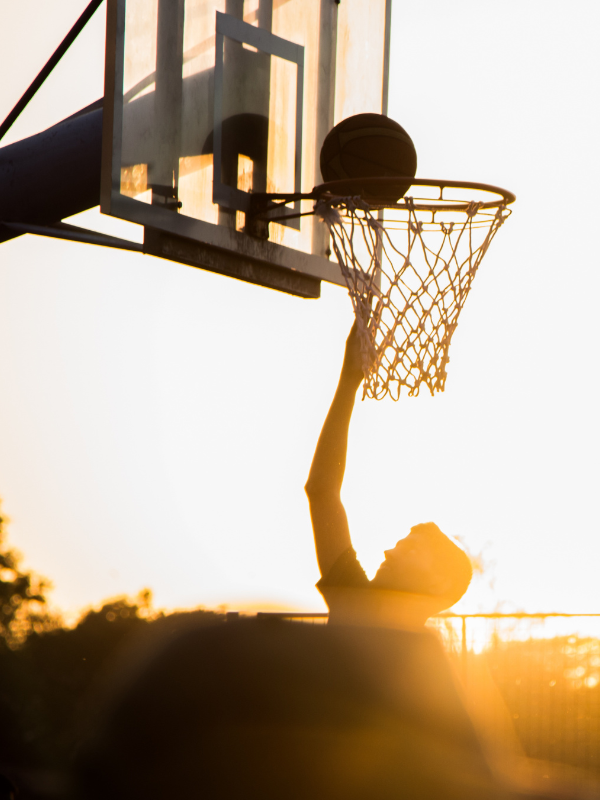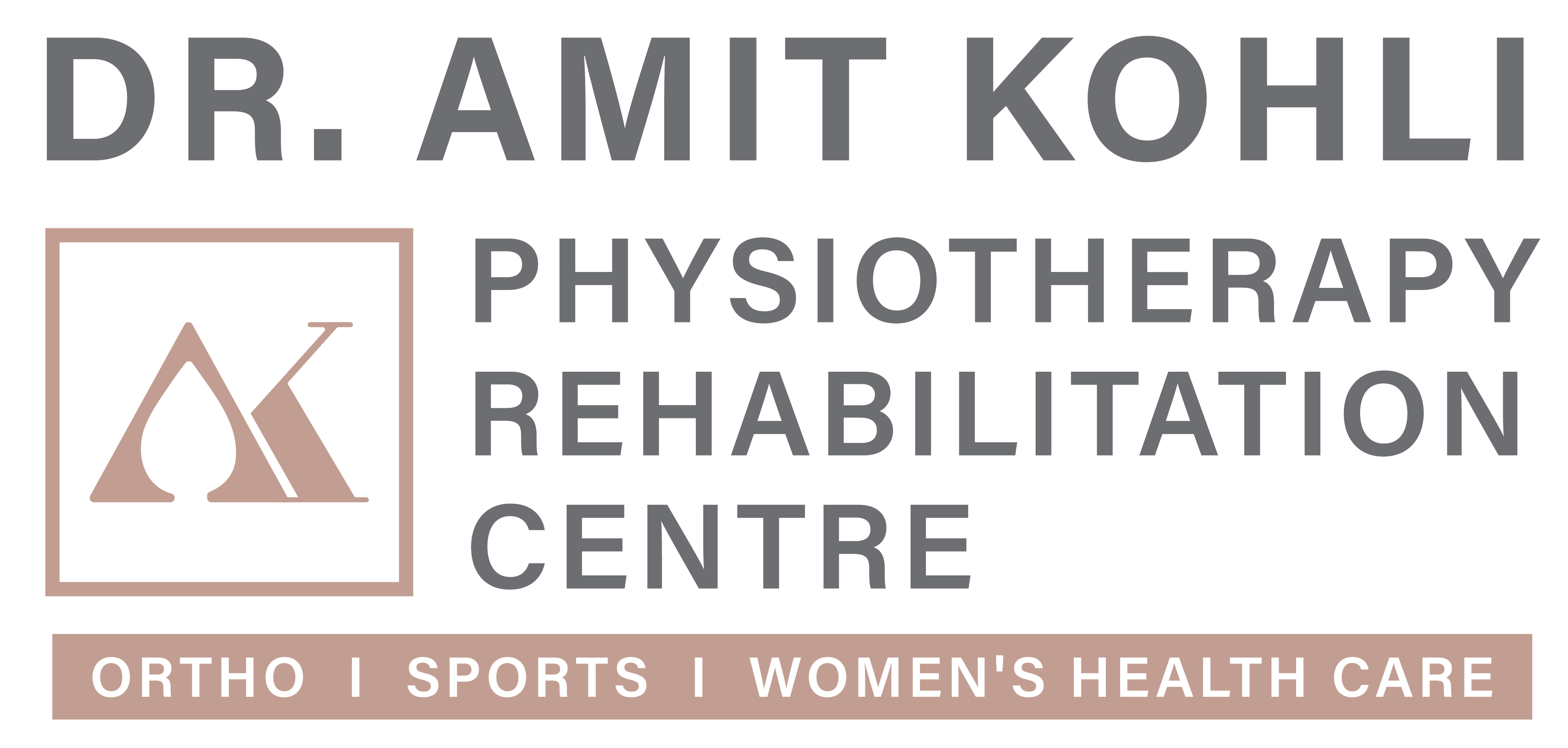

Sports Physiotherapy
Sprains
Stretching or tearing of ligaments, the bands that connect bones.
Common Affected Areas: Ankles and wrists.
Strains
Stretching or tearing of muscles or tendons, which connect muscles to bones.
Common Affected Areas: Hamstrings and lower back.
Fractures
Broken bones, ranging from small cracks to complete breaks.
Common Affected Areas: Arms, legs, and wrists.
Dislocations
Bones forced out of their normal position in a joint.
Common Affected Areas: Shoulders and fingers.
Tendinitis
Inflammation of a tendon, often due to overuse.
Common Affected Areas: Elbow (tennis elbow) and knee (jumper’s knee).
Shin Splints
Pain along the shinbone, typically due to overuse or improper footwear.
Common Affected Areas: Shinbone (tibia).
Stress Fractures
Small, hairline cracks in bones caused by repetitive impact.
Common Affected Areas: Feet and legs.
Concussions
Brain injury caused by a blow to the head or sudden jolt.
Common Affected Areas: Head.

Sports physiotherapy is not just for handling injuries but also for enhancing performance! Here’s how it can help athletes:
- Injury Prevention: Physiotherapists can identify and address potential issues that might lead to injuries, helping athletes stay in top shape and avoid problems.
- Performance Optimization: They design specific exercises and training programs to improve strength, flexibility, and endurance, which can enhance overall performance.
- Biomechanical Analysis: By analysing movement patterns, physiotherapists can help improve technique and efficiency, which can contribute to better performance and reduced risk of injury.
- Recovery Strategies: They provide strategies and treatments to help athletes recover more quickly between workouts or competitions, ensuring they’re always performing at their best.
- Conditioning and Rehabilitation: Even when not injured, athletes might work with physiotherapists to address muscle imbalances or weaknesses that can be improved for better performance
